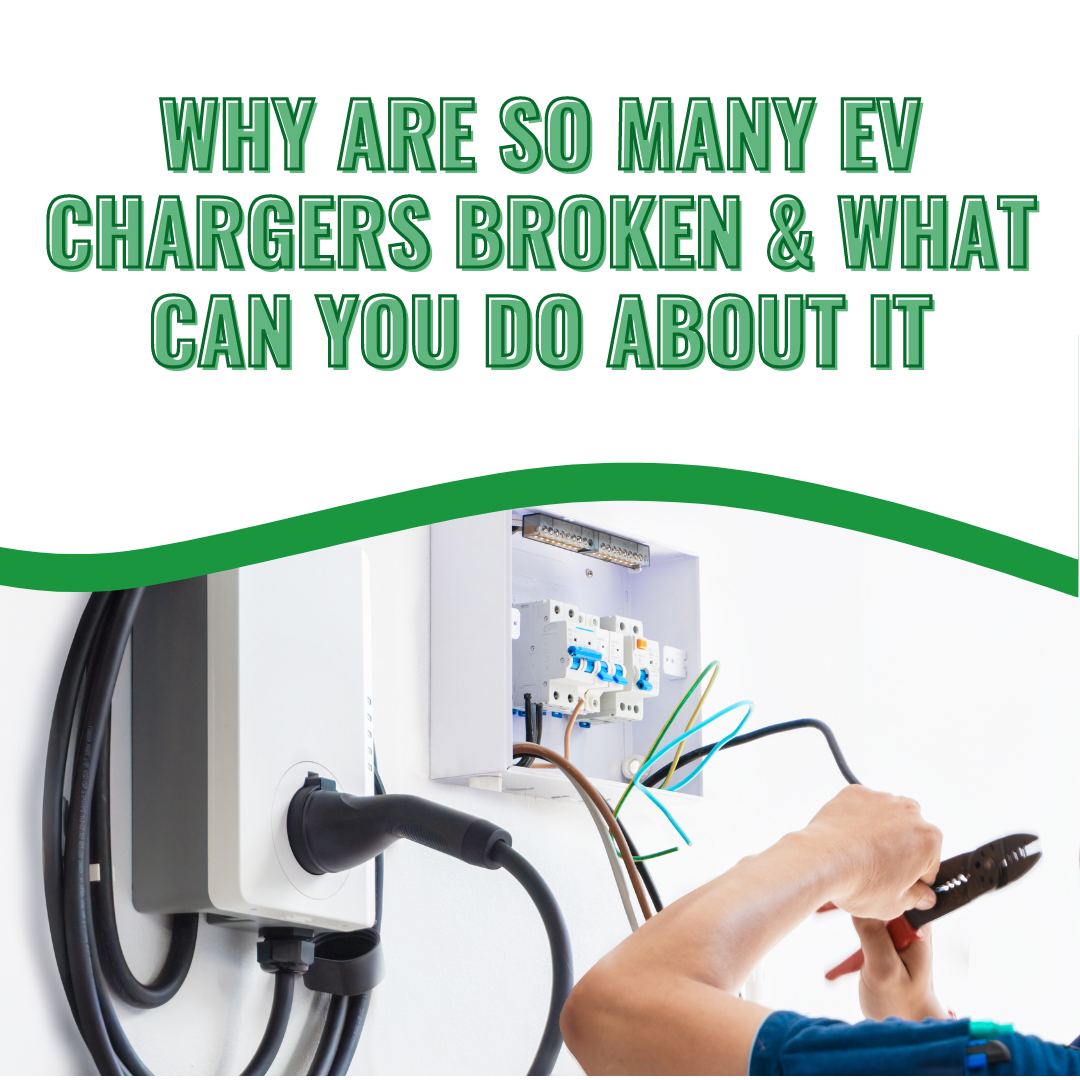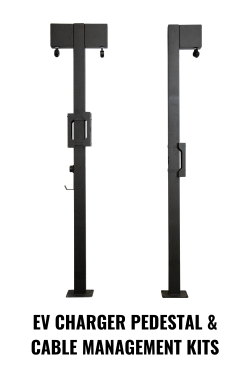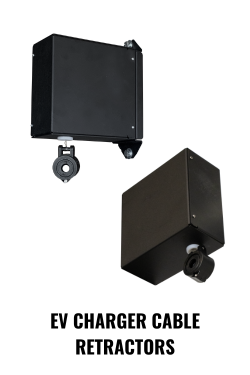We use cookies to make your experience better. To comply with the new e-Privacy directive, we need to ask for your consent to set the cookies. Learn more.
Why Are So Many EV Chargers Broken and What Can You Do About It?
Electric vehicles (EV) are the future of personal transportation — so why is public charging infrastructure so unreliable?

In a recent survey performed by J.D. Power, in the first quarter of 2023, 20.8% of EV drivers using public charging stations experienced charging failures or equipment malfunctions. Those issues left drivers unable to charge their vehicles.
Overall, customer satisfaction with Level 2 EV charging infrastructure is declining. Most of the U.S. charging infrastructure is Level 2, while the more powerful Level 3 chargers (capable of filling an empty battery in 30 minutes) are largely inaccessible to most drivers.
EV Chargers Have a Reliability Problem.
If 20% of gas stations couldn’t provide fuel on demand, that would be a serious issue; for an emerging technology, it’s a catastrophe. Consumers are understandably skeptical about technologies with poor support — and the infrastructure for electric vehicles is limited at best.
As Politico notes, part of the problem is that many stations were developed to satisfy regulators, not customers. As a result, many stations have been built in inopportune locations, and many fail to adhere to common standards for software protocols.
That leads to network connectivity issues that prevent chargers from working as intended. But technically, a station still qualifies for tax credits and other incentives if it’s still usable — even if it’s incapable of topping off a battery or delivering a charge in a reasonable amount of time.
Over time, charging station standardization has improved. Unfortunately, many of the older stations haven’t been upgraded, and software issues are prevalent in some networks.
Related: EV Charger Installation: 5 Frequently Asked Questions
Businesses Can Address EV Charger Issues by Removing Points of Failure.
While EV infrastructure issues are largely due to connectivity issues, that’s not the only problem. Vandalism, payment processing issues, and other factors can prevent chargers from serving customers.
Businesses that build EV chargers can help to build a stronger EV infrastructure by following a few basic rules:
- Research charging management software carefully. Don’t just pay attention to uptime — review other metrics such as network availability to ensure a reliable charging experience for customers.
- Keep reviewing charging station performance. Be prepared to switch or upgrade software when necessary.
- Limit physical points of failure wherever possible. Invest in electric vehicle supply equipment (EVSE) that is designed for the purpose; make sure chargers are properly supported and protect cables from common sources of damage.
This last point is particularly important (and quite achievable). Solus Group provides cable management solutions to keep cables out of harm’s way — and protect charger stations from vehicle impacts and other hazards.
Protect EV Chargers with Durable Charger Stands and Cable Management Systems.
Solus Group’s EV Charger Pedestals support two chargers at once. The narrow design provides convenient access while protecting against impact damage. Pairing an EV Charger Pedestal with Structural Bollards can provide additional protection.
By default, EV Charger Pedestals ship with an integrated cable management system. Solus Group also provides standalone EV Charger Cable Retractors with an auto-retracting wheel within a steel, powder-coated housing. Suitable for indoor and outdoor use, the EV Charger Cable Retractor keeps cables protected without requiring manual work from the customer.
Ready to build EV charging stations that will provide years of reliable service? Call 314-696-0200 today to find EV charger support solutions for your business.


